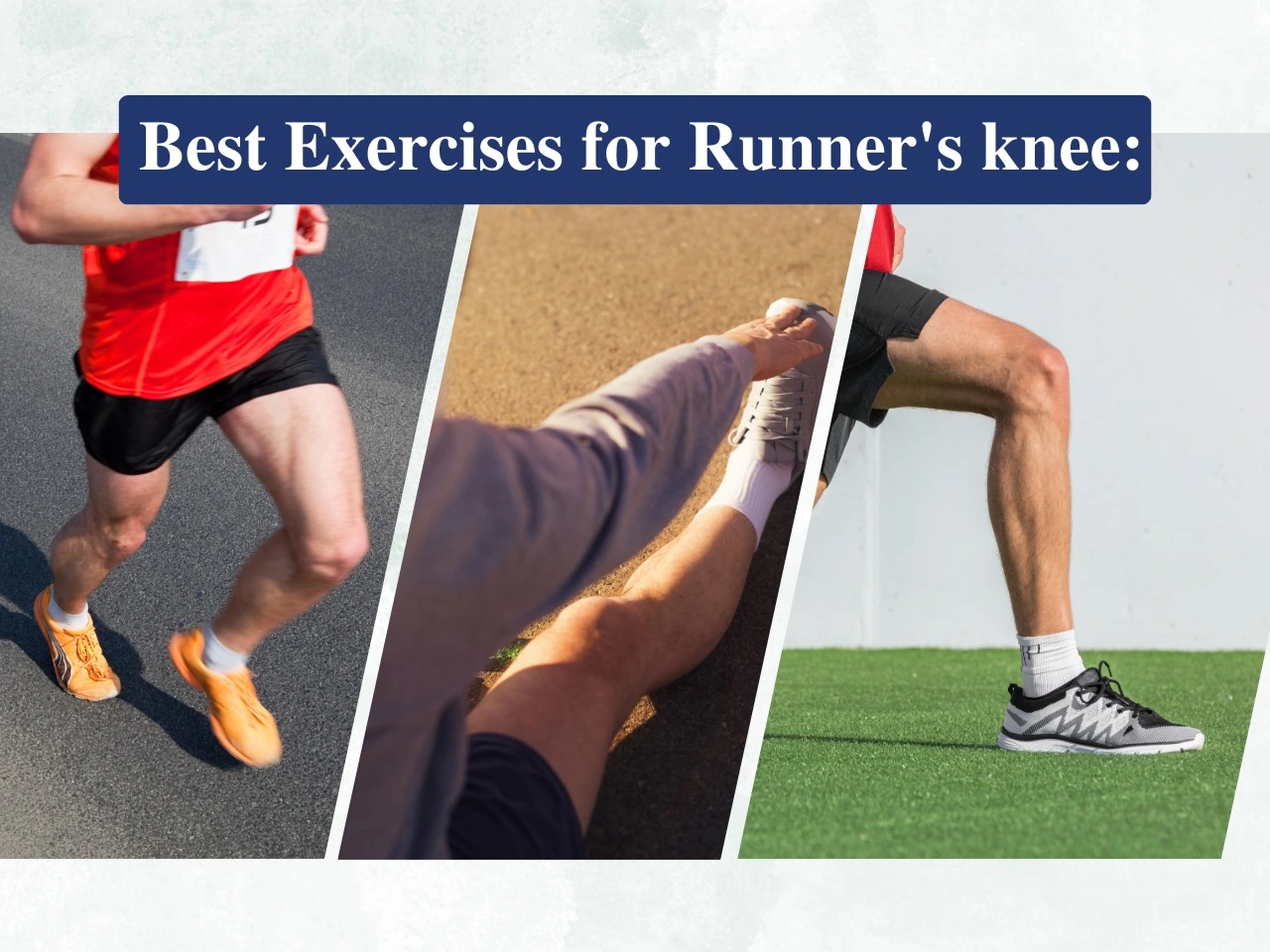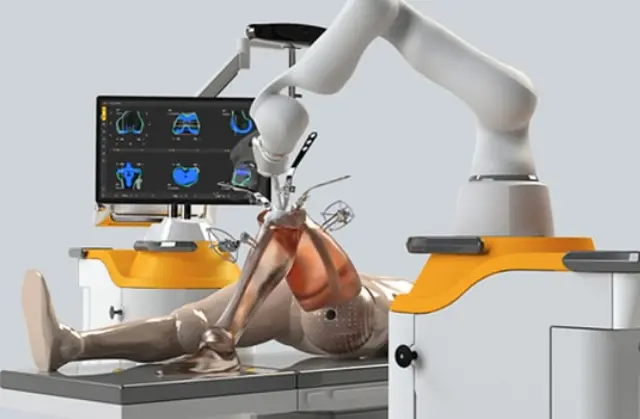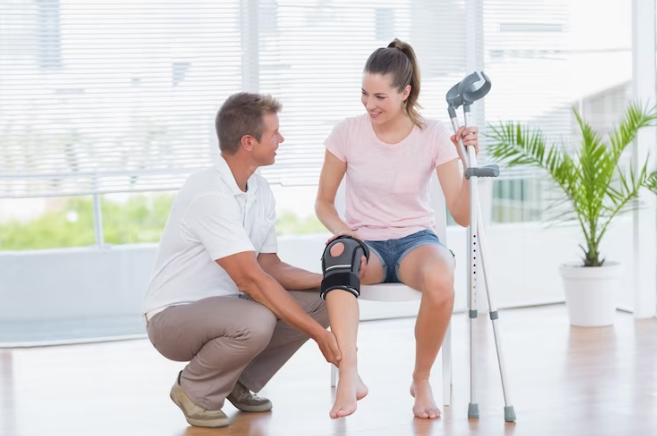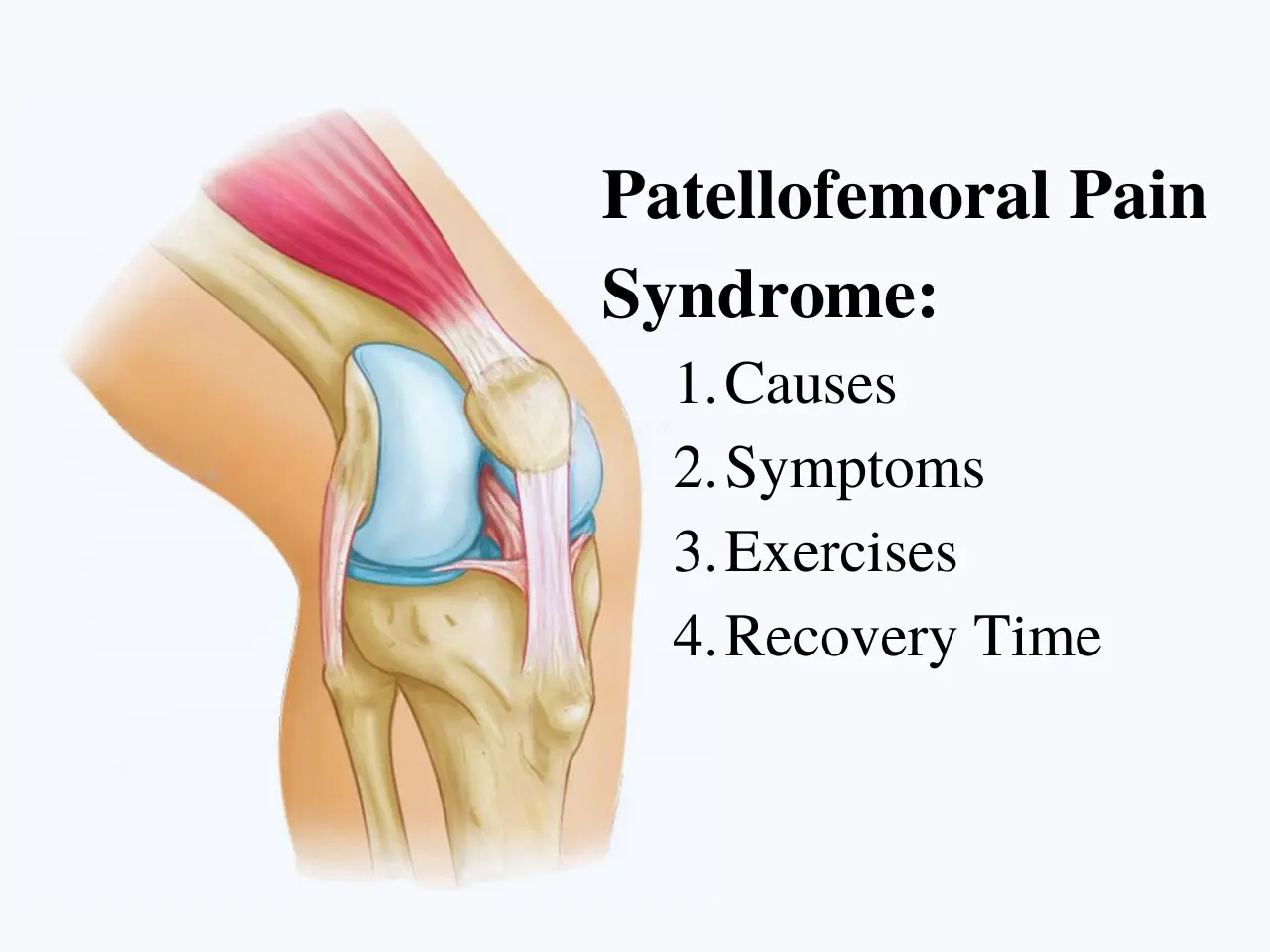Best Exercises to Conquer Runner’s Knee Pain (Fast & Effective!)
Many runners experience a dull aching pain around the kneecap at some point. This common condition, known as runner’s knee (patellofemoral pain syndrome), can significantly impact your training. But the good news is that strengthening exercises can play a crucial role in both preventing and recovering from a runner’s knee.
Understanding Runner’s Knee
Runner’s knee is characterized by pain around the kneecap, often worsening with activities like running, downhill walking, or climbing stairs. You might also experience a creaking or popping sensation in the knee.
This pain arises from several factors, including:
- Misalignment of the kneecap: The kneecap (patella) should track smoothly in a groove over the thigh bone. Misalignment can cause irritation and pain.
- Weakness in surrounding muscles: Weak quadriceps and hamstrings can put undue stress on the kneecap.
- Tightness in the IT band: The IT band is a connective tissue on the outer thigh. Tightness here can pull the kneecap out of alignment.
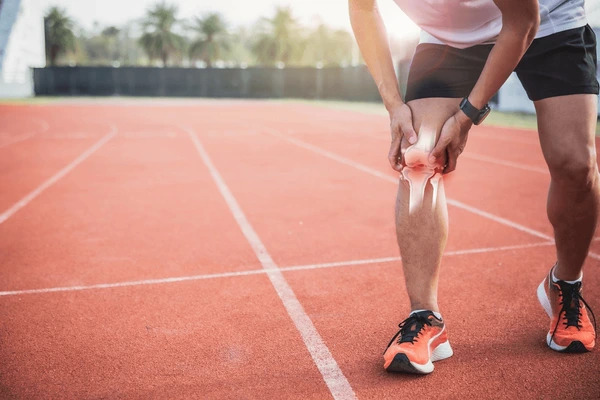
Preventing Runner’s Knee with Exercises
The key to preventing a runner’s knee lies in strengthening the muscles that support the knee joint. Strong quads, hamstrings, and hips improve stability and proper tracking of the kneecap, reducing stress on the joint.
Regularly incorporating these exercises into your routine can significantly decrease your risk of developing runner’s knee.
Benefits of Exercises for Runner’s Knee
Engaging in specific exercises can significantly alleviate knee pain and prevent future occurrences. Knee pain exercises target the muscles surrounding the knee, improving strength, flexibility, and stability. Long-term benefits include reduced pain, enhanced performance, and decreased risk of injury.
Knee Pain Relief Exercises
Always consult a healthcare professional before starting any new exercise program, especially if you have existing knee pain.
If you’re already experiencing runner’s knee pain, specific exercises can help manage the discomfort and promote healing.
Here are some effective options to consider:
- Quadriceps Strengthening Exercises:
- Squats: This classic exercise strengthens the entire leg, including the quadriceps. Aim for 3 sets of 10-15 repetitions with proper form.
- Straight leg raises: Isolate the quadriceps by lying on your stomach and raising one straight leg at a time. Perform 3 sets of 10-15 repetitions per leg.
- Wall sits: Improve quad endurance by holding a squat position against a wall for 30-60 seconds. Gradually increase the hold time as your strength improves.
- Hamstring Stretches: Tight hamstrings can contribute to knee pain. Here’s a simple stretch to target them:
- Lying hamstring stretch: Lie on your back with one leg extended and the other bent. Gently pull the extended leg towards you using a strap or towel until you feel a stretch in the back of your thigh. Hold for 30 seconds and repeat on the other leg. Aim for 3 sets per leg.
- IT Band Release Techniques: Tightness in the IT band can pull the kneecap out of alignment.
Here are two techniques to address this:
- Foam rolling: Apply pressure with a foam roller to the IT band on the outer thigh, rolling back and forth for 1-2 minutes per leg.
- IT band stretches: Stand with one leg crossed in front of the other and gently lean towards the unbent side, feeling a stretch along the outer thigh. Hold for 30 seconds and repeat on the other side. Aim for 3 sets per leg.
- Hip Flexor Stretch
- Kneel on one knee, with the other foot in front.
- Push your hips forward, stretching the front of the hip.
- Benefits: Improves hip flexibility, reducing stress on the knees.
Balance and Stability Exercises
Improving balance and stability helps prevent knee injuries by enhancing proprioception.
- Single-Leg Balance
- Stand on one leg with the other bent at the knee.
- Hold for 30 seconds, then switch legs.
- Variations: Use a wobble board for increased difficulty.
- Benefits: Improves balance and knee joint stability.
- Bosu Ball Exercises
- Perform exercises like squats and lunges on a Bosu ball.
- Benefits: Enhances balance, coordination, and knee stability.
Physiotherapy Exercises for Knee Pain
Role of Physiotherapy in Managing Runner’s Knee
Physiotherapy is an effective approach for managing runner’s knee. It involves tailored exercises and techniques designed to reduce pain and improve function.
Consulting a physiotherapist can provide a personalized exercise plan and additional treatments like manual therapy.
Specific Physiotherapy Exercises
Patellar Mobilizations
- Sit with your leg straight and relaxed.
- Gently move your kneecap side-to-side and up-and-down.
- Benefits: Improves patellar tracking and reduces pain.
Step-Ups
- Stand in front of a step or bench.
- Step up with one foot, then bring the other foot up to meet it.
- Step down and repeat.
- Benefits: Strengthens quadriceps and glutes, improving knee function.
Side-Lying Leg Lifts
- Lie on your side with legs straight.
- Lift your top leg towards the ceiling, then lower it back down.
- Benefits: Strengthens hip abductors, aiding in knee stabilization.
Expert Advice from Mr. Nikhil Pradhan
Mr. Nikhil Pradhan, a leading knee surgeon in Cheshire, UK, emphasizes the importance of choosing the right exercises for your specific condition and ensuring proper form to avoid further injury. He also recommends incorporating recovery techniques like icing and rest into your routine to manage pain and promote healing.
Conclusion
Addressing runner’s knee through targeted exercises is essential for long-term knee health. Incorporate these knee pain exercises into your routine to strengthen and stabilize your knees.
Regular exercise, combined with professional guidance from a physiotherapist or knee surgeon in Cheshire, can help you stay active and pain-free.

